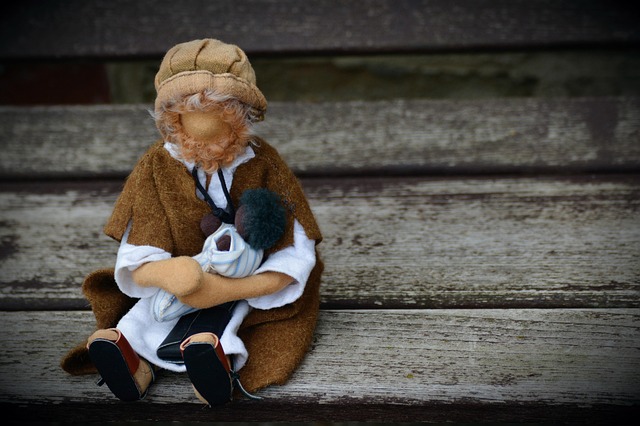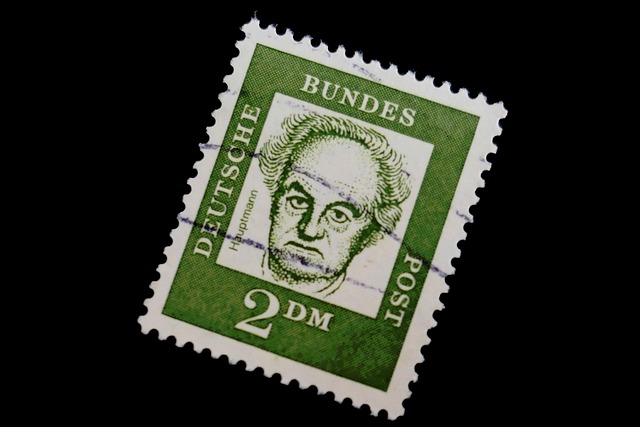
Teaching Styles in Early Childhood Education
Introduction
Early childhood education is a critical phase in a child's development, laying the foundation for lifelong learning. The effectiveness of this educational stage is significantly influenced by the teaching styles employed by educators. Various instructional methods can be observed in classrooms and homeschool environments, each with its unique characteristics and benefits. This article explores several prevalent teaching styles in early childhood education, highlighting their implications for student engagement and learning outcomes.
1. Delegator or Group Style
The delegator teaching style is characterized by inquiry-based learning and guided discovery. In this approach, educators facilitate exploration by providing resources and materials while allowing students to investigate answers to their questions. This method encourages children to take ownership of their learning, fostering critical thinking and problem-solving skills. The delegator style is particularly effective in early childhood settings, where curiosity and exploration are fundamental to development.
2. Hybrid or Blended Style
The hybrid teaching style combines the educator's personality and interests with those of the students, creating a dynamic learning environment. In this approach, teachers adapt their methods to meet the diverse needs of their students, integrating various instructional strategies. This flexibility allows educators to engage students more effectively, catering to different learning styles and preferences. The hybrid style is prevalent among early childhood educators, as it promotes a more personalized learning experience.
3. Direct Instruction
Direct instruction is a more traditional teaching style that involves explicit teaching of specific skills or concepts. In this approach, educators provide clear instructions and demonstrations, followed by guided practice. While this method can be effective for teaching foundational skills, it may not always align with the developmental needs of young children, who often benefit from more interactive and exploratory learning experiences.
4. Facilitator Style
The facilitator teaching style emphasizes the role of the educator as a guide rather than a primary source of information. In this approach, teachers create an environment that encourages collaboration and communication among students. Facilitators encourage peer-to-peer interactions, allowing children to learn from one another. This style is particularly beneficial in early childhood education, as it promotes social skills and emotional development.
5. Montessori Method
The Montessori method is an educational philosophy that emphasizes self-directed activity, hands-on learning, and collaborative play. In this approach, children are encouraged to choose their activities and work at their own pace, fostering independence and self-motivation. Montessori classrooms are typically designed with specific learning materials that promote exploration and discovery, aligning well with the developmental needs of young learners.
Conclusion
In conclusion, there is no singular teaching style that is superior in early childhood education; rather, the effectiveness of a method depends on the context and the individual needs of the students. Educators often blend various styles to create a comprehensive approach that fosters engagement and learning. Understanding these different teaching styles can help educators make informed decisions about their instructional methods, ultimately enhancing the educational experience for young children.

















 The Importance of an Eagle Scout Letter of Recommendation
The Importance of an Eagle Scout Letter of Recommendation 
 Health
Health  Fitness
Fitness  Lifestyle
Lifestyle  Tech
Tech  Travel
Travel  Food
Food  Education
Education  Parenting
Parenting  Career & Work
Career & Work  Hobbies
Hobbies  Wellness
Wellness  Beauty
Beauty  Cars
Cars  Art
Art  Science
Science  Culture
Culture  Books
Books  Music
Music  Movies
Movies  Gaming
Gaming  Sports
Sports  Nature
Nature  Home & Garden
Home & Garden  Business & Finance
Business & Finance  Relationships
Relationships  Pets
Pets  Shopping
Shopping  Mindset & Inspiration
Mindset & Inspiration  Environment
Environment  Gadgets
Gadgets  Politics
Politics 